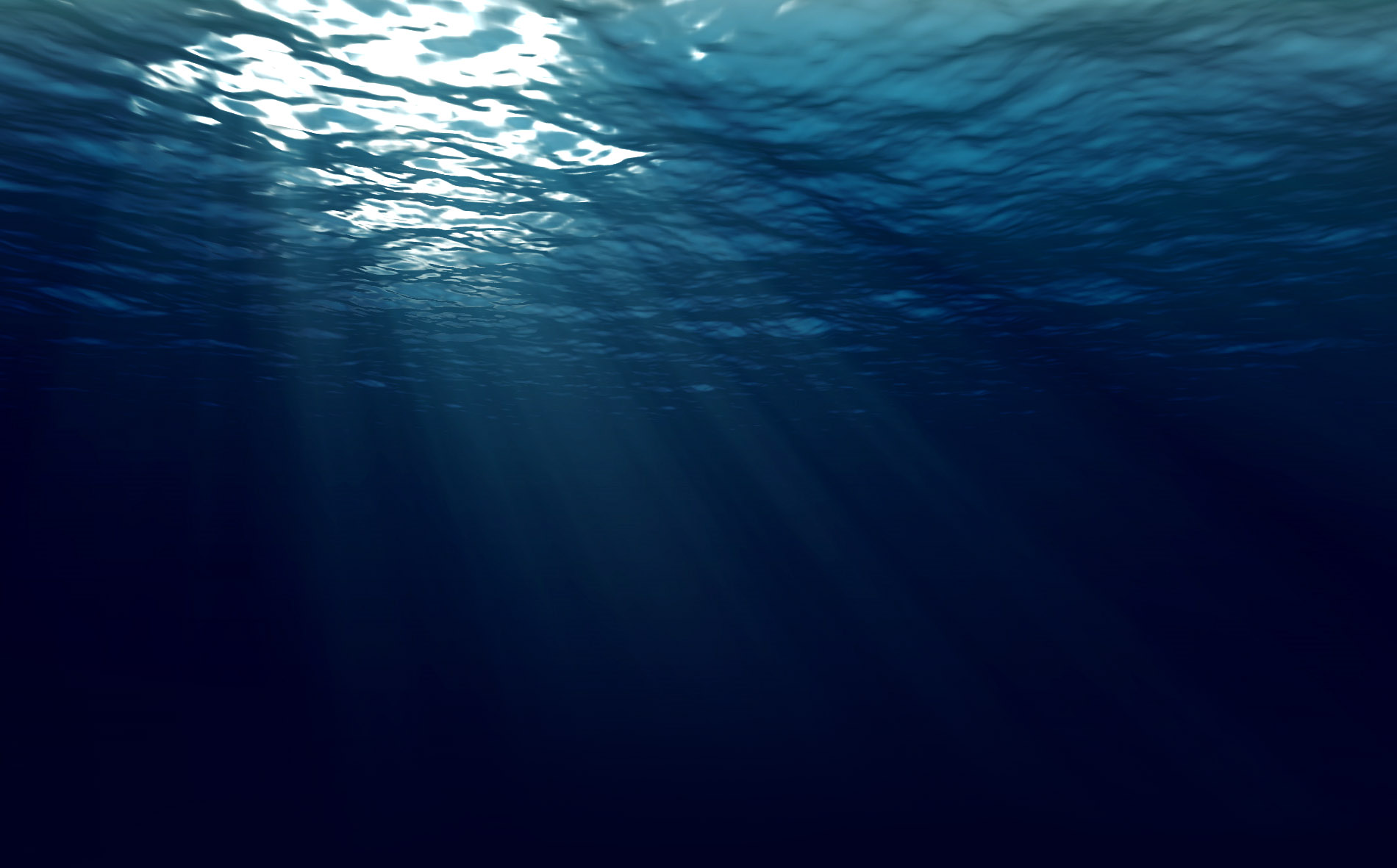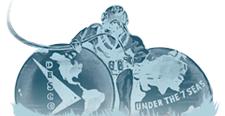A.J. Morse & Son Four Light Commercial Helmet - Mark III Model
| Weight: | 1 Lb(s) 0 Oz |
|---|
Product Features
The A.J.Morse & Son Commercial Diving Helmet made by DESCO is the second generation design. The first generation was created in the 1850s by Andrew Morse. The first gen helmet had what Leon Lyons called a "high dome" two piece bonnet shell. Metal spinning is an ancient craft but did not come into use in diving helmet manufacture unitl the late 1800s. Early Copper shells (bonnet and breastplate) were made in two or more intelocking pieces. The interlocking joints resembled the ramparts on a castle which is why bonnets made like this are called castellated bonnets. The second generation helmets DESCO makes use a one piece bonnet shell Morse called the "Streamlined". It was introduced in the 1890s. Up until that time Morse only offered one helmet in their catalog. In the second generation helmet it was offered in three or four light, with a standard interruped thread neck ring, breastplate air feed neck ring, or a five bolt neck ring.
The AJMS Milwaukee Mark III Model Four Light Commercial helmet is the full featured model. It comes complete with a communication system installed. Sometime during the baby boomer generation the history of Navy diving was misplaced. Collectors all knew the US Navy Mark V helmet but nobody could say what the Mark I to Mark IV helmets were. Somebody stumbled across the 1916 US Navy Diving Manual and a few enterprising people made and sold reprints of it for historical reference. In that manual it explained the early Mark helmets. One complaint Navy Gunner G D Stillson had with Navy diving was the variety of equipment the Navy was using. Diving helmets were no exception. The two US manufacturers at the time were A Schrader's Son and A J Morse & Son.
The manual stated the Mark I helmet was a AJMS Four Light Commercial Helmet with a Five Bolt neck ring.
The Mark II was the comparable Schrader helmet.
The Mark III was a AJMS Four Light Commercial with a standard interrupted thread neck ring set.
The Mark IV was the comparable Schrader helmet.
ALL US NAVY MARK HELMETS WERE FITTED WITH COMMUNICATIONS.
The issue with having two helmet makes was the diving dresses were not interchangeable. If a diving unit went out with a Morse helmet and a Schrader dress nobody was diving that day.
We do not have the patterns or drawings to make a Morse five bolt neck ring set but we do already make the standard helmet the Mark III is based on. This would be the helmet the Navy would recieve if they ordered a Mark III today. The only tangible difference would be a modern transceiver instead of a head set and microphone system.
The AJMS Four Light Commercial - Mark III Model helmet comes standard with communications and Tin plating. The communications system has the square block for the comm cable to enter the helmet. Below the block between the faceplate and left window is a cable clamp. On top of the block is a plug for the cable opening of the comms are not being used. The original helmet used a headset and microphone. We factory install a two pin Marsh Marine style male plug. The standard four light commercial helmet uses a bolt on elbow fitted to a base.
The helmet is fitted with a "head butt" adjustable single spring exhaust valve mounted to the right rear. The exhaust can be tripped by the diver pushing it open with the back of his head. The helmet comes with a "Navy" type Non-Return Valve. The helmet lock replicates the original lock which did not have a latch gate. We can install a Mark V latch and pin assembly or replicate the early "home made" sheet Brass gate with a pin. If the helmet is to be dived we recommend having a latch installed to prevent the lock from accidentally opening and allowing the bonnet to become unscrewed underwater.
The breastplate is fitted with studs to hold the old type horseshoe chest and back weights. The bonnet has rope hooks on the sides where the ropes from the rear weight would pass through. The weight helped keep the helmet firmly planted on the divers shoulders.
The breastplate comes standard with mouse ear wing nuts. There are four washers which are places at the brail joints under the wing nut.
The helmet comes hand Tin plated as standard.




 0 Item(s)
0 Item(s)



 Click on Image to Enlarge
Click on Image to Enlarge

